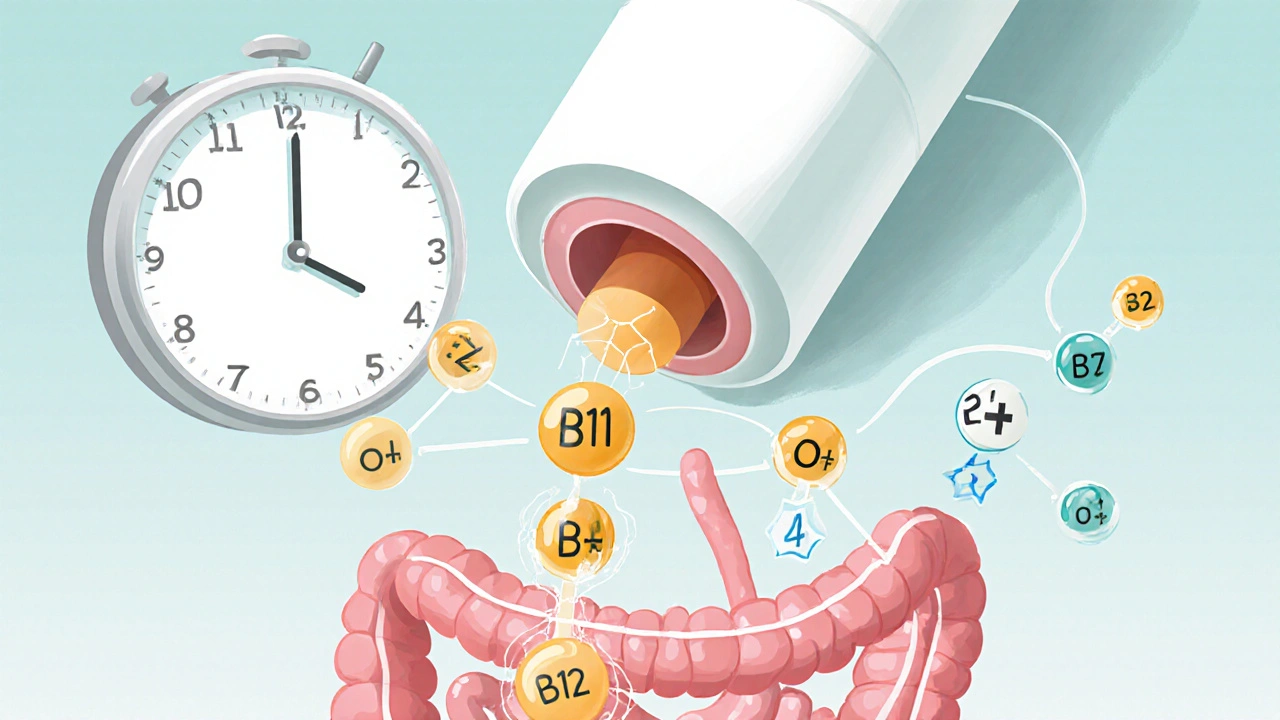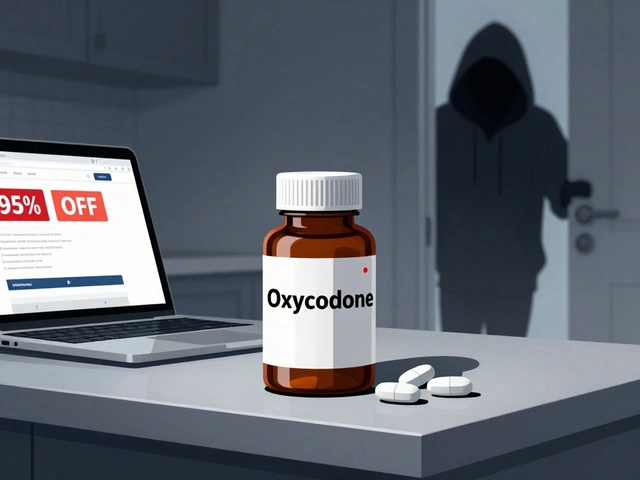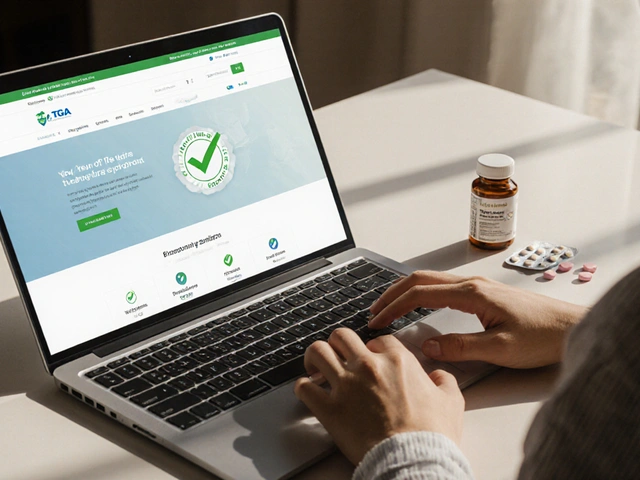Diabetes medication: what to know and how to stay safe
Managing diabetes often means using medicines alongside diet and exercise. If you take medication or are about to start, this page gives clear, practical info about the main drug types, common side effects, and how to use them safely. No fluff—just what helps you make informed choices and talk confidently with your healthcare team.
Types of diabetes medicines and what they do
Metformin is usually the first drug doctors try for type 2 diabetes. It lowers sugar by helping your body use insulin better and by reducing sugar made in the liver. It’s cheap, effective, and often causes mild stomach upset at first.
SGLT2 inhibitors (like canagliflozin) help your kidneys remove extra sugar through urine. They can also lower weight and blood pressure. Watch for dehydration and urinary infections; talk to your doctor if you have kidney problems.
GLP-1 receptor agonists (examples include injectable drugs) slow digestion, reduce appetite, and improve blood sugar control. They help with weight loss but can cause nausea at the start. These often need insurance authorization and cost more than older pills.
DPP-4 inhibitors are pills that help the body use its own incretin hormones to control sugar. They’re gentle but usually less powerful than GLP-1 drugs. Sulfonylureas and meglitinides boost insulin release from the pancreas and can cause low blood sugar (hypoglycemia), so timing and dose matter.
Insulin remains essential for type 1 diabetes and many people with type 2 as disease progresses. There are fast-acting, long-acting, and mixed options. Proper dosing, injection technique, and storage are key for safety and control.
How to use diabetes meds safely
Always follow a dosing plan your clinician gives you. Keep a simple log of blood sugar, medication doses, meals, and symptoms. This makes it easier to spot patterns and prevent low or high readings.
Know common side effects for your medicine and what to do. For example, if you’re on an SGLT2 drug and notice signs of a urinary infection, call your doctor. If you’re on insulin or a sulfonylurea, learn how to treat low blood sugar with quick carbs and when to seek help.
Watch for drug interactions. Some supplements or prescriptions change how diabetes medicines work. Share a full medication list with your pharmacist and doctor before starting anything new.
Buying meds online? Use only reputable, licensed pharmacies and keep prescriptions ready. Cheap offers that don’t require a prescription are red flags.
Finally, combine medication with regular checkups, blood tests, foot and eye exams, and lifestyle changes. Medication helps, but monitoring and small daily habits keep control steady and reduce risks.
If you want details on a specific drug—how it works, typical doses, or side effects—use the site search or check the articles tagged here. And always ask your healthcare provider any questions about changing or starting therapy.
Long-term metformin use can cause vitamin B12 deficiency, leading to nerve damage, fatigue, and memory issues. Learn the signs, who’s at risk, and how to prevent irreversible complications with simple testing and supplements.
View DetailsLearn how to buy Glyburide safely online. Discover reliable pharmacies, recognize red flags, and keep your diabetes treatment on track—without leaving home.
View Details


